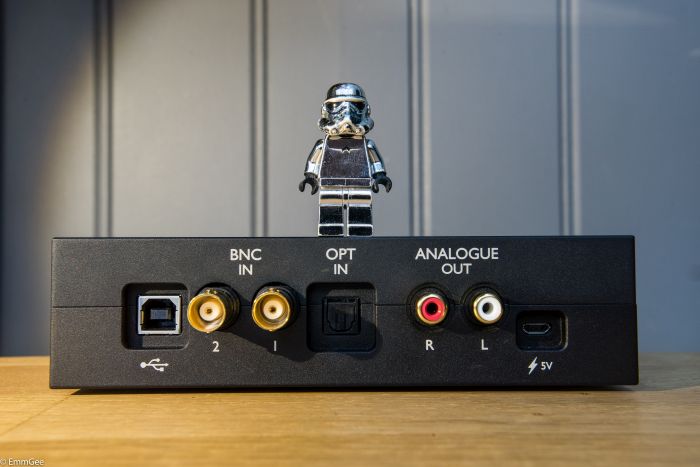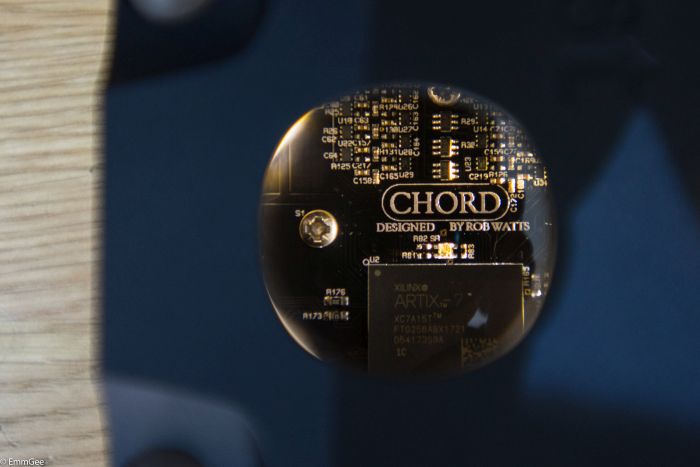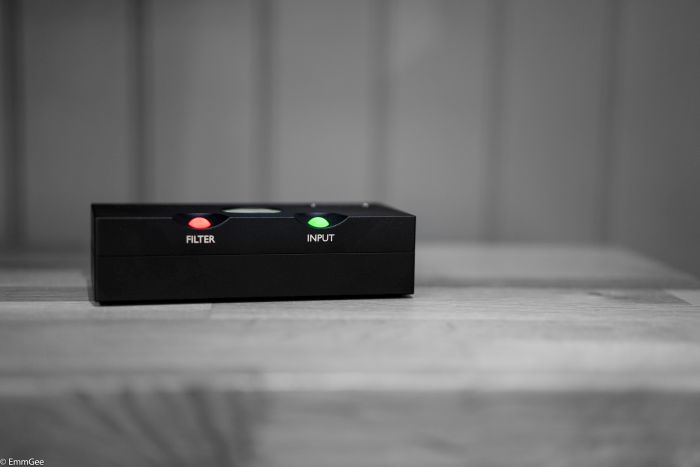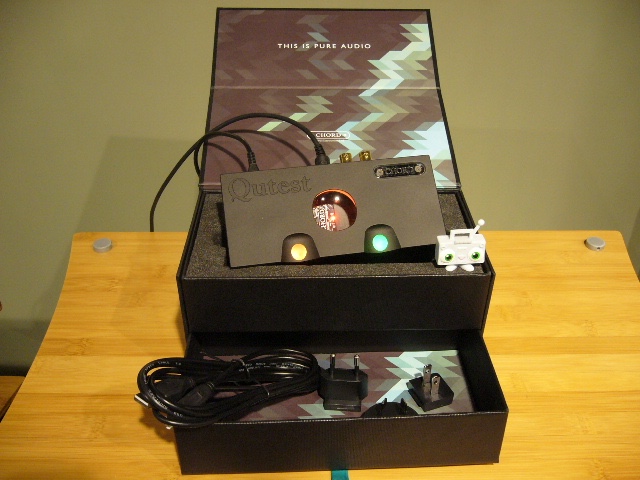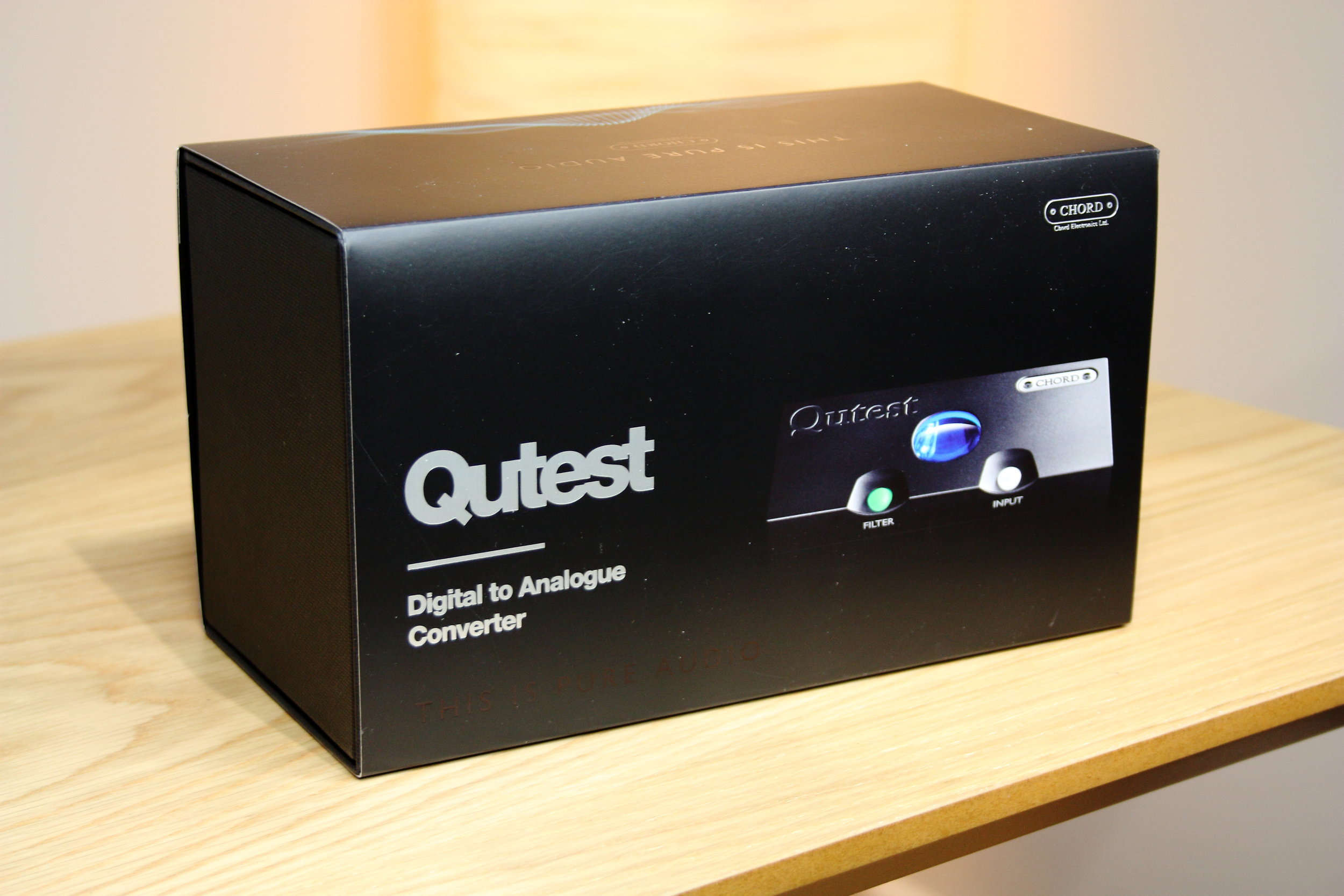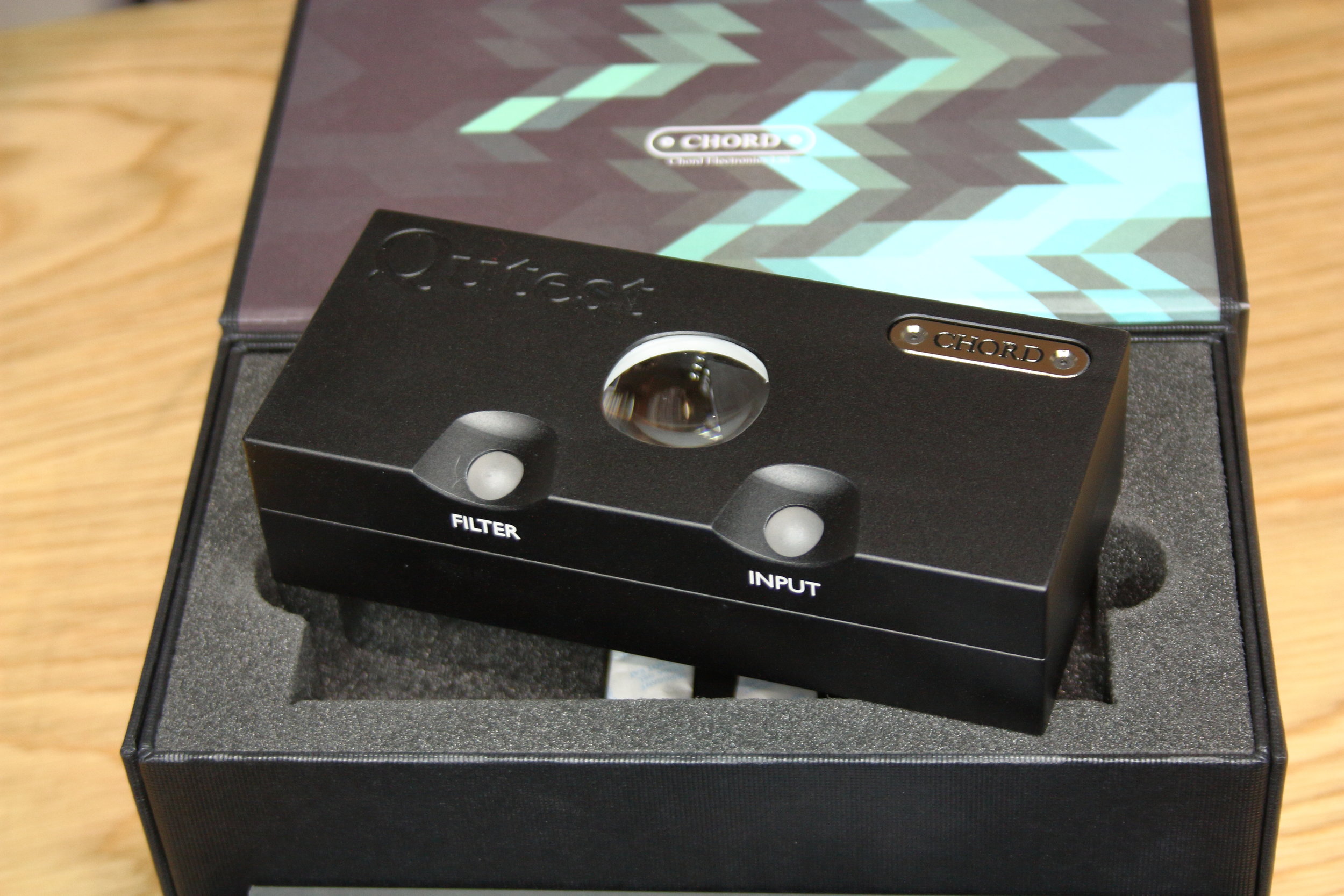What's DAC All About? Chord Electronics Qutest DAC
/With the rise of digital devices as source components, the DAC or (Digital to Analogue Converter) has moved from being a rather niche audiophile item to being an important component of a good sounding Hi-Fi system.
The original outboard converters such as the Arcam Black Box and Musical Fidelity Digilog were not particularly versatile devices, but then they didn't really need to be. Back then (in the late Eighties), the input to such devices was mainly provided by CD transports (or CD players) with the occasional requirement to decode the output from a DAT (Digital Audio Tape) recorder so the sampling rates that they could handle were limited to 44.1/48 kHz, and if you were lucky you got a phase invert switch – and that was pretty much it.
As digital technology moved onward and upward, some manufacturers started putting digital conversion circuitry in their amplifiers (thus providing digital inputs alongside the analogue ones) but this approach is generally not optimal as it means it is not usually possible to upgrade your DAC electronics separately from the main amplifier – some amps have DAC boards that can be swapped out but the practice of putting digital circuitry alongside relatively high powered analogue components can be problematic. For the best and most consistent results, moving the digital circuits out to a separate unit is a good thing - even though it does mean that an additional interconnect is required (and digital interconnects can make an audible difference).
Chord Electronics Qutest
So now in 2019 we have a plethora of DAC units available at various prices from a few pounds to a few tens of thousands of pounds and one of the companies which have forged a fantastic reputation in this area is Chord Electronics. This British company (based in Kent) has been gradually getting more and more recognition for its innovative devices, and one of the most lauded products in their fine catalogue is the Hugo 2 portable headphone amplifier which has quickly become a standard recommendation for headphone addicts. It also sounds superb in a static implementation, but as the feature set is largely focussed on portable use, it isn't the perfect unit for use at home. Enter the Chord Qutest.
Qutest - Rear View showing inputs and outputs
I will refrain from regurgitating the raw specs here; suffice to say that the digital conversion goodness of the Hugo 2 is fully recreated here but some of the features more applicable to portable use such as battery power and adjustable cross-feed processing are removed. This means that the unit has all the essential features and nothing unnecessary.
Qutest - Top View
Physically the Qutest is an unassuming black box (in a rather nice machined aluminium) with a couple of gaily coloured plastic balls inset (the colours change with function but you'll soon get to learn the sequence). Power is provided by a 5v USB power supply and the main feature of note is a switchable filter which you can use to adjust the sound and is entirely dependent upon your own personal taste – there's no right or wrong. One other very useful facility is the ability to set the line output level to 1, 2 or 3 Volts which is a major boon for system matching. Multiple switchable inputs are provided (on optical, BNC or USB connections) and finally the Qutest is compatible with the Chord Electronics M Scaler which can utilise the dual BNC connection to allow sampling rates of up to 768 kHz at 32 bit depth if upsampling is your thing.
Qutest in Full Colour
So that's the boring stuff – how does it sound? If I were to sum up the sound of this little box in one word, that word would be 'precision'. It is masterful at placing musical events in context with everything else which makes it superb rhythmically – if you love music which relies heavily on subtle interplays of timing and rubato then this box will delight you. It's no slouch tonally either – the beauty and emotion of Miles' playing on 'My Funny Valentine' is there in full effect – and the tightness and rhythmic acuity of the DAC means you can fully appreciate the mind-boggling brilliance of Ron Carter and Tony Williams in the rhythm section too. The acoustic of Philharmonic Hall is very nicely rendered making for a really engaging experience.
Qutest - connected to power
In short, whether you need an upgrade for an ageing transport unit, or a state of the art switching device for multiple digital sources which will play all your Hi Res files (including DSD), consider the Chord Electronics Qutest. It can even be set up as a Roon Labs endpoint – but that's a subject for a future blog.
Come along and have a listen and we’ll take you step by step how to set it up and integrate it within your own Hi-Fi system,
Chord Electronics Hi-Fi products are available from the following branches of Audio T: Brentwood, Brighton, Bristol, Cardiff, Enfield, Manchester, Online, Oxford, Portsmouth, Preston, Reading, Southampton, Swansea, Swindon









